
Teaching How to Formulate and Ask Questions
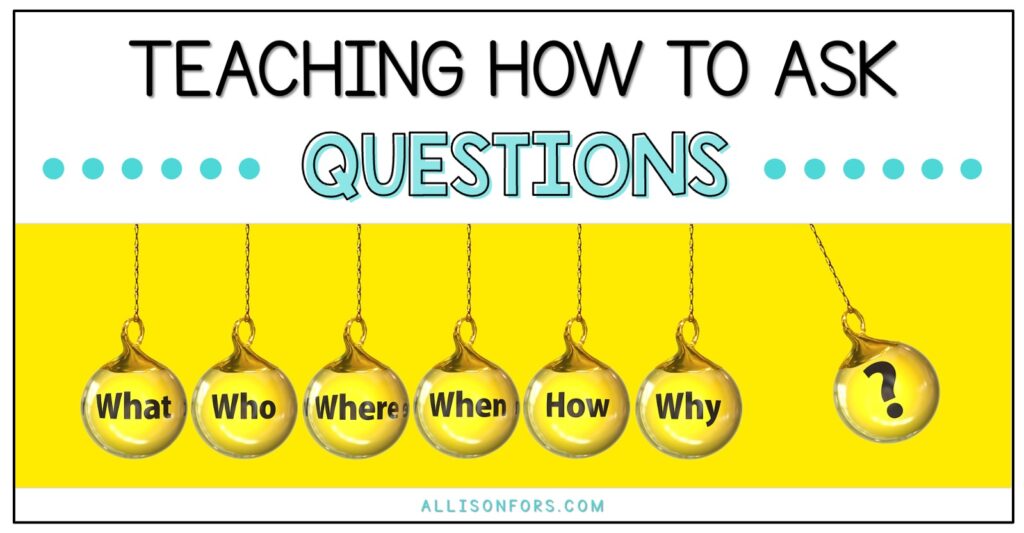
Asking and answering questions is a critical skill in language development, and are two very different concepts to teach! Teaching a child HOW to formulate questions gives them the power to communicate on a different level – gather information, connect with others socially, and initiate conversations.
First off, let’s discuss the developmental norms of asking questions. It’s also important to note that a child should be able to answer a question type before asking it.
Teaching how to ask questions is all about modeling, modeling, modeling. It’s a lot of repetition until the child understands the context in which you use that particular question and begins using it spontaneously. To make all this repetition fun, get animated, and pull out reinforcers that motivate your student. For example, tickle between each model or blow bubbles after a few models.
Another tip – include a visual aspect of the question, like raising your open palms up. Then when you fade the verbal cue of you asking the question, continue the visual cue to help lead the child to ask the question. You will eventually fade this out until the child asks the question with no cues! If the child can read, you can write down the question to use as a visual cue.
Once they are able to ask the question in the one modeled situation, model asking the question in other situations. If possible, have the caregivers reinforce the question at home. The more they hear it and understand when to use it, the sooner they will start using the question.
Teaching “What’s that?” and “What doing?”
Use a puppet or favorite toy (stuffed toy, car, etc) and model asking the puppet “what’s that” while holding up an object and having the puppet answer. Make it fun for the child by having them discover the objects in a sensory bin or pulling out of a Kleenex box. Continue modeling the question then try giving non-verbal cues to prompt them to ask the question.
Again use a puppet, favorite toy (e.g. Minnie Mouse), wind-up toy, or dolls to teach “what is he/she doing”. I have the toy perform an action (e.g. walk, jump, clap, etc) and model “what is he/she doing?” and then answer the question myself. I answer the question myself so the emphasis isn’t put on answering the question, but rather asking it. I continue to model this a few more times then give the opportunity for the child to fill in the blank “what is he….” and continue this process until they are using the full question themselves within the structured activity. Since this is such a repetitive activity, it is important to use a motivating or novel toy.

Teaching “Where?”
The next type of question I like to introduce is “where”, specifically “where are you” because it is a motivating question to practice. The child covers their eyes while a person hides or the clinician hides a motivating toy (Elmo, Lightning McQueen, doll). Then the child opens their eyes and we look around the room searching saying repeatedly “where are you?….mama! where are you?” until the person or toy is found. This is a fun game for the parents to carry over at home as well! You can do the same game by hiding an enticing object, for example, bubbles and asking “where is it?” then blowing some bubbles when found!
Next, I work on “where’s my…?” because of its functionality. Hide an item of the child’s – a jacket, shoe, backpack, or even better have the parent bring a highly desired item from home that the child looks for. Play the same game of hiding the item and then modeling the question for the child until he/she asks the question independently.
Teaching “Who?” & “Whose?”
Gather toys the child knows the names of or pictures of people, for example, family members. Again, model asking and answering the question “who’s that?” “mom!”. Another fun “who” question to work on is “who is it?” with knocking on a door. If there is another person available to help, have them go on the other side of the door and knock, while you model asking “who is it?”. Otherwise, use a dollhouse and dolls – placing a doll inside with the door shut and having another doll knock on the door while modeling the question and answer.
When teaching “whose?”, I present 2 toys that the child knows then give an object to one of them. Model asking “whose is it?” and give the answer. Continue modeling until you are able to fade the question and the child asks and you answer.
Generalizing Wh Questions
When teaching “why,” “when,” “which,” “how,” and others, I continue this pattern of using a puppet or toys to model a verbal exchange in which a question is asked and answered.
To help students generalize this skill, model it in other games and scenarios – especially real-life scenarios! I also use these two resources to work on and test generalization.
ASKING WH QUESTIONS WORKSHEETS – This is a leveled resource with generalization activities, visuals, and a development chart.
NO PRINT FORMULATING WH QUESTIONS – This is a NO PRINT, interactive PDF. No printing, cutting, or laminating! Great for speech teletherapy and distance learning!
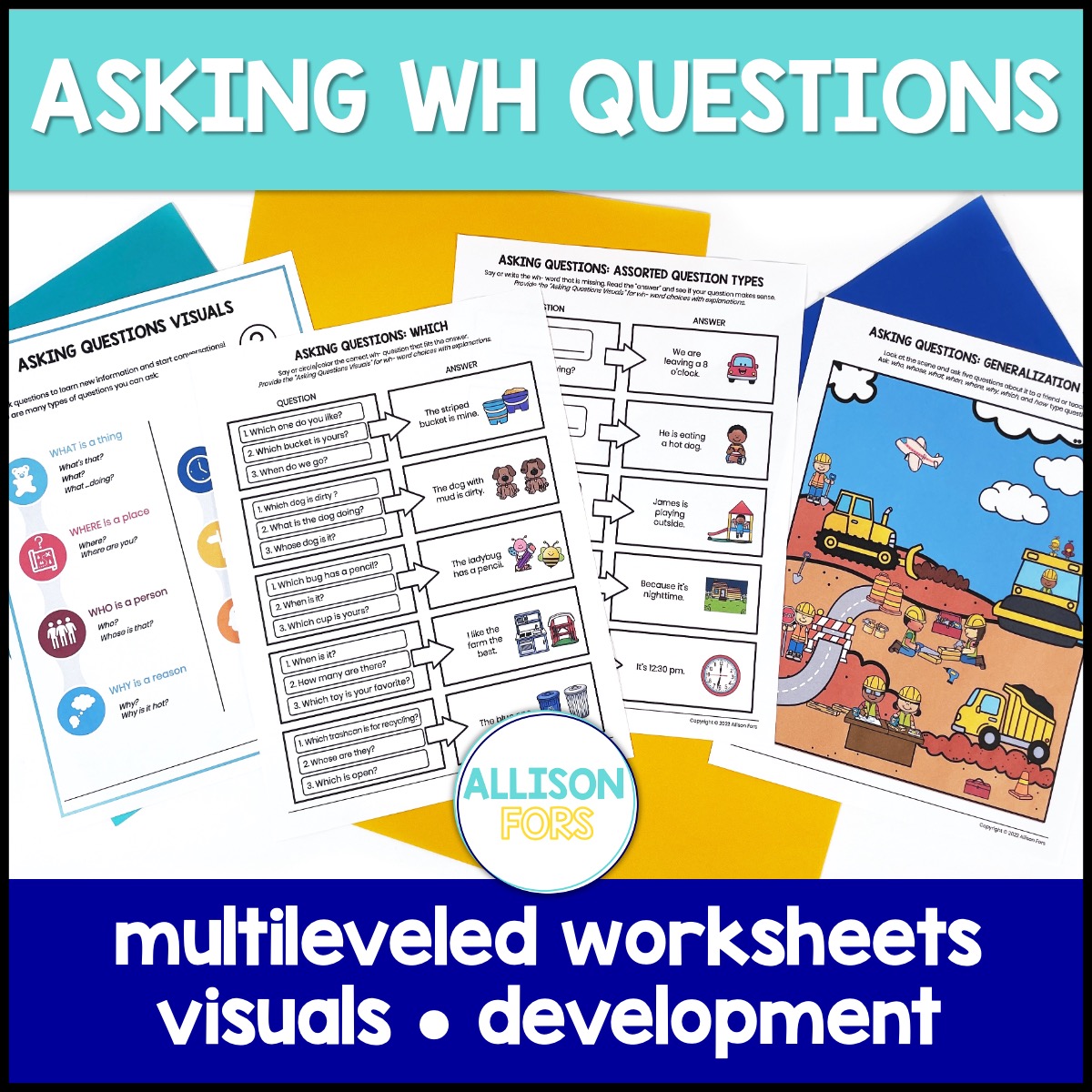
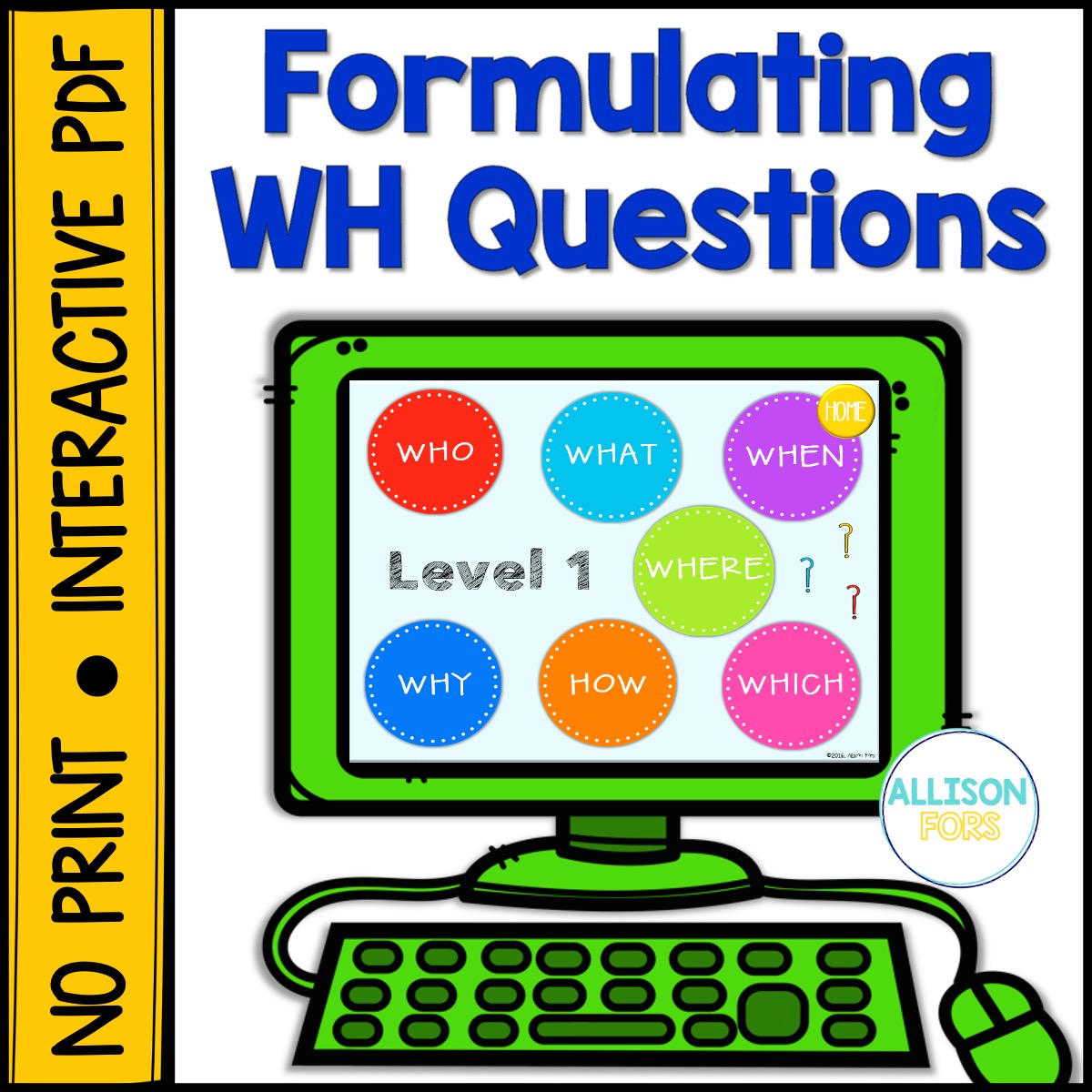
Free Wh Questions Visuals
Download a Free WH Questions Visual Supports – Use when introducing asking and answering questions or as an aid when paired with other activities.
Do you have any tricks in teaching asking questions? Do you have any ways you like generalizing asking questions with your students? Comment below!
You may be interested in reading:
7 WH QUESTIONS ACTIVITIES FOR SPEECH THERAPY

If you found this post helpful, please share it!

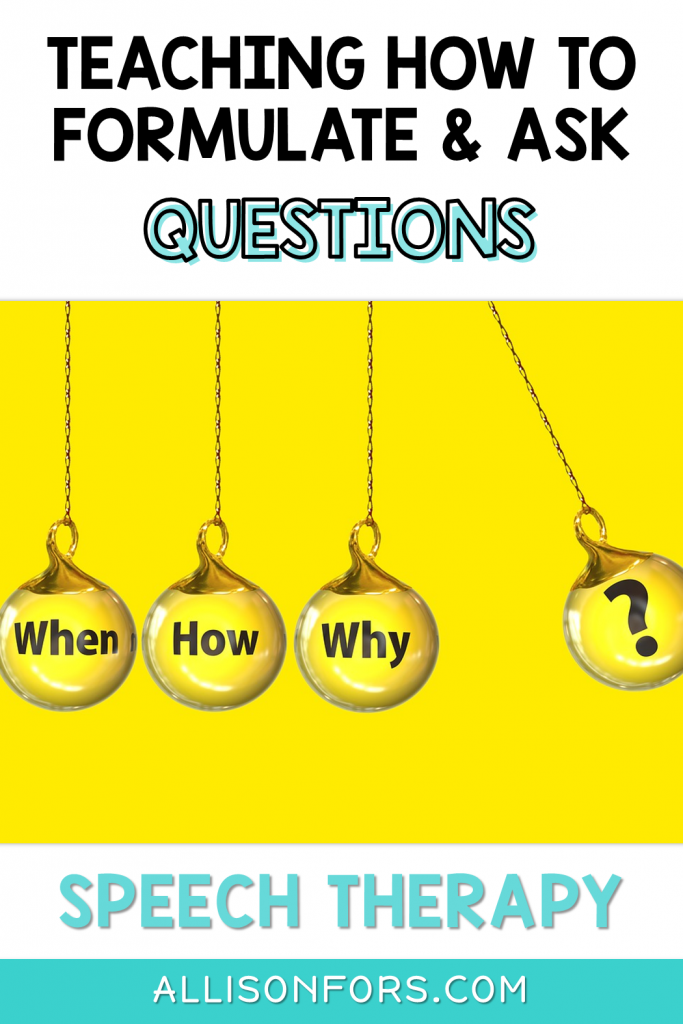

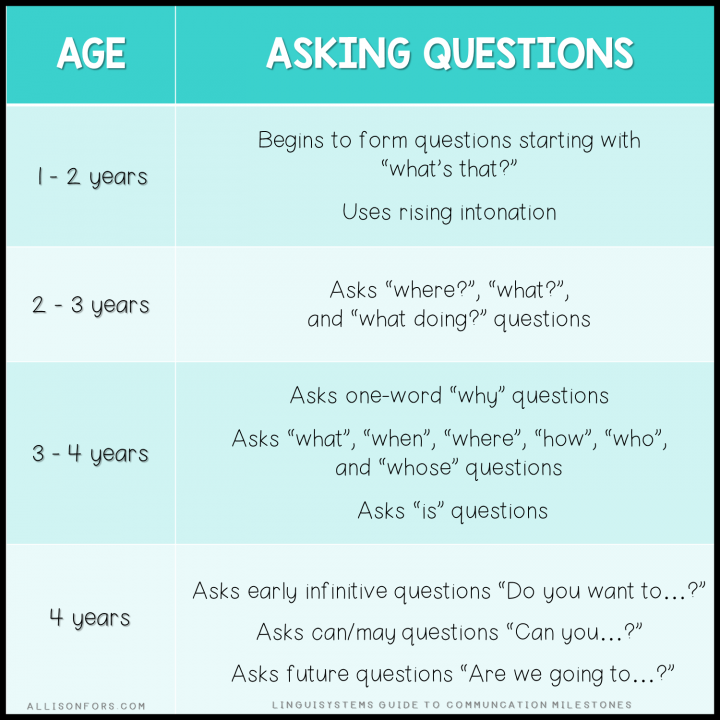

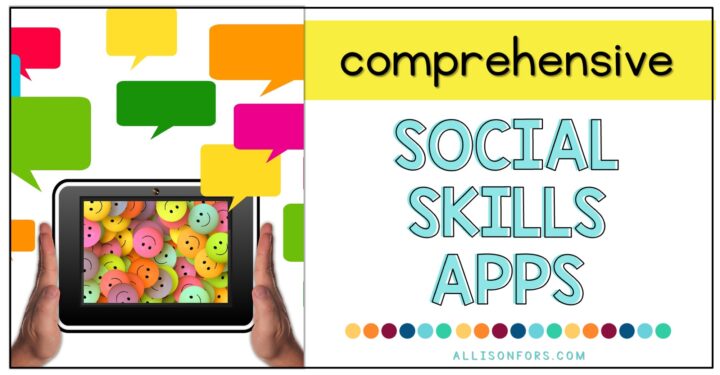
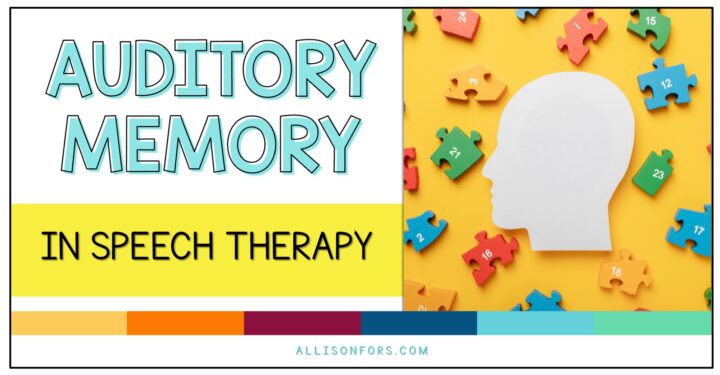


5 Responses
This is great information. I am looking for help with this concept for older children. Asking grammatically correct questions. Any advice?
What’s the name of the App you are showing for teaching questions? Looks good! Thanks for this post!
This is a resource I created! You can purchase it by clicking the link that says “no print resource”.
I appreciate your piece of work, thanks for all the informative content.
Thanks for these AWESOME ideas, can’t wait to use them!!